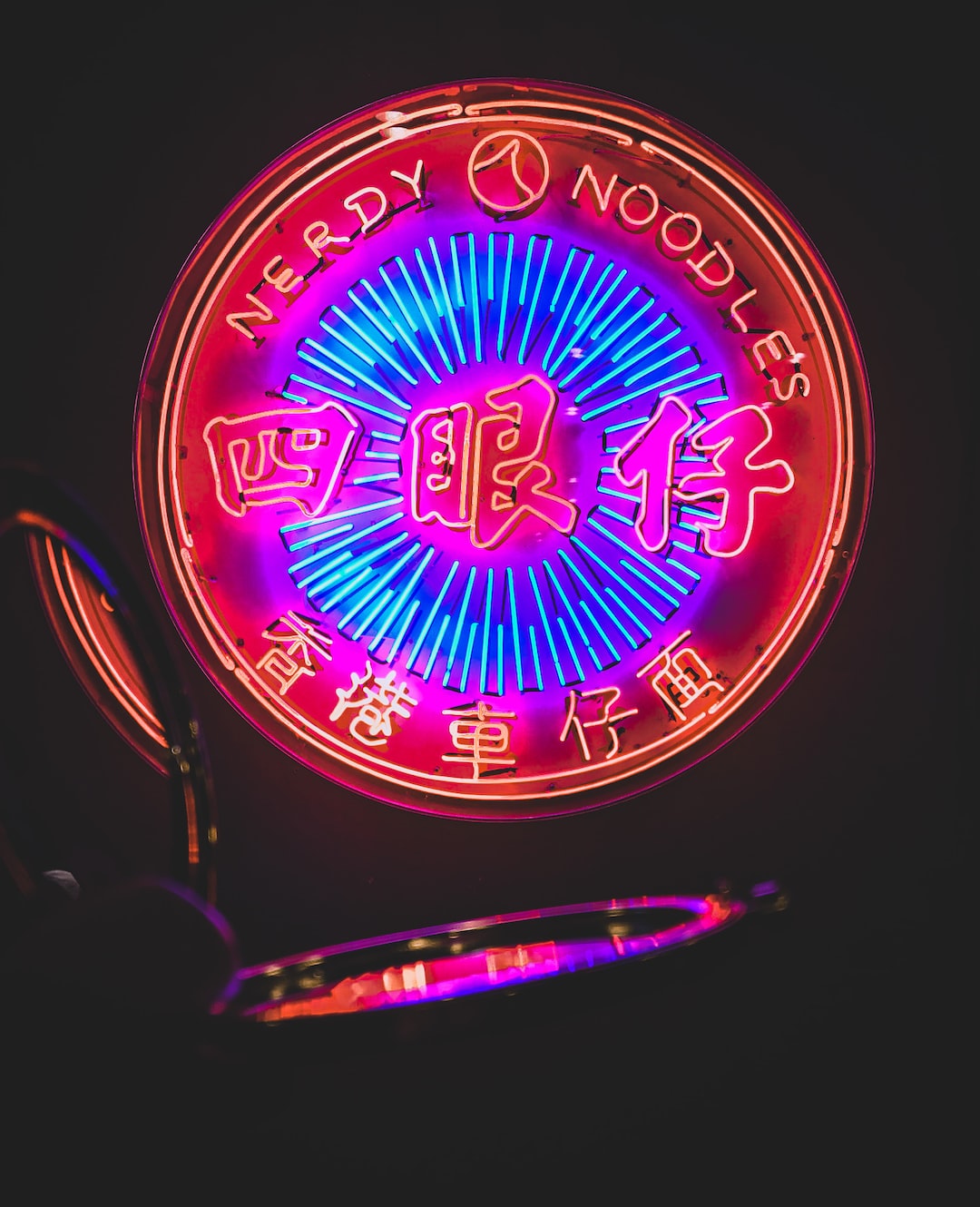Introduction to Beijing's Culinary Landscape
Beijing, the heart of China, is not only the epicenter of its cultural and historical prowess but also a melting pot of culinary delights. The city's food is a tapestry woven with threads of ancient imperial cuisine, traditional flavors of old Peking, and the modern zest of a cosmopolitan city.
The Top 10 Foods to Eat in Beijing
Peking Duck (北京烤鸭)
Regarded as the epitome of Beijing cuisine, Peking Duck boasts a history that dates back to the Yuan Dynasty. The dish is renowned for its crispy skin, succulent meat, and the ritual of slicing it before diners. Eaten with pancakes, sweet bean sauce, and spring onions, it offers a palate of flavors and textures.
Jiaozi (餃子, Dumplings)
These stuffed delights are an essential part of Beijing's food culture, especially during the Chinese New Year. Jiaozi symbolize wealth and prosperity and are enjoyed with a variety of fillings, from pork to vegetables to seafood, encapsulating the vibrant flavors of the region.
Zhajiangmian (炸酱面, Noodles with Soybean Paste)
A classic Beijing comfort food, Zhajiangmian features hand-pulled wheat noodles smothered in a savory-sweet fermented soybean paste with diced pork. This dish reflects the influence of Northern Chinese flavors, offering a hearty and satisfying meal.
Mongolian Hotpot (蒙古火锅)
Tracing its roots back to nomadic Mongols, the hotpot has become a favored winter meal in Beijing. Diners can cook their selection of thinly sliced meats, vegetables, and noodles in a simmering pot of broth, letting them savor a rich and interactive dining experience.
Beijing Zhajiangmian (北京炸酱面)
A Beijing variant of Zhajiangmian, this dish offers a unique take with a thicker, richer sauce and complements of fresh cucumber, radish, and soybean sprouts. It's a true local favorite that captures the essence of the city's culinary traditions.
Beijing Roast Duck (北京烤鸭)
A dish synonymous with Beijing's gourmet scene, Beijing Roast Duck is often associated with the famous Quanjude restaurant. Savored since the imperial era, its refined preparation and presentation highlight the sophistication of local gastronomy.
Donkey Burgers (驴肉火烧)
A unique snack originating from Hebei province, just outside Beijing, Donkey Burgers have gained popularity in the city. Tender donkey meat is stuffed into a crispy bun, creating a flavorful sandwich that challenges the adventurous foodie.
Aiwowo (爱窝窝)
A traditional Beijing sweet treat, Aiwowo is a rice ball dessert stuffed with sesame, red bean, or nuts. Its origins can be traced to the Han Dynasty, illustrating a sweet side of the city's historical culinary offerings.
Goubuli Baozi (狗不理包子)
The famous Goubuli Baozi, or 'Dogs Ignore' steamed buns, are a Tianjin specialty but a must-try in Beijing. These buns are known for their juicy filling and are a prime example of the influence of surrounding regions on the capital’s food scene.
Guotie (锅贴, Pan-Fried Dumplings)
Another dumpling variation, Guotie, also known as potstickers, offer a crispy and chewy texture. Fried and steamed to perfection, they are often filled with pork and served with a vinegar-garlic sauce, testament to the simple yet flavorful Beijing palate.
Practical Tips for Enjoying Beijing Cuisine
When embarking on a culinary adventure in Beijing, it's important to remember a few practical tips to fully enjoy the experience:
- Explore both high-end restaurants and street food stalls to get a full spectrum of Beijing’s food offerings.
- Don't be afraid to ask locals for their food recommendations – there's no better guide than the advice of a resident foodie.
- Be mindful of dietary restrictions and allergens. The use of soy and wheat is prevalent in Chinese cuisine.
- Take the opportunity to learn about the historical context of the dishes you are eating – many restaurants will have information available.



